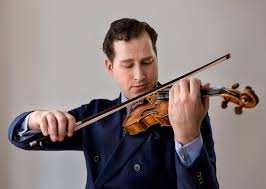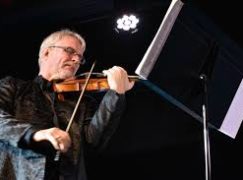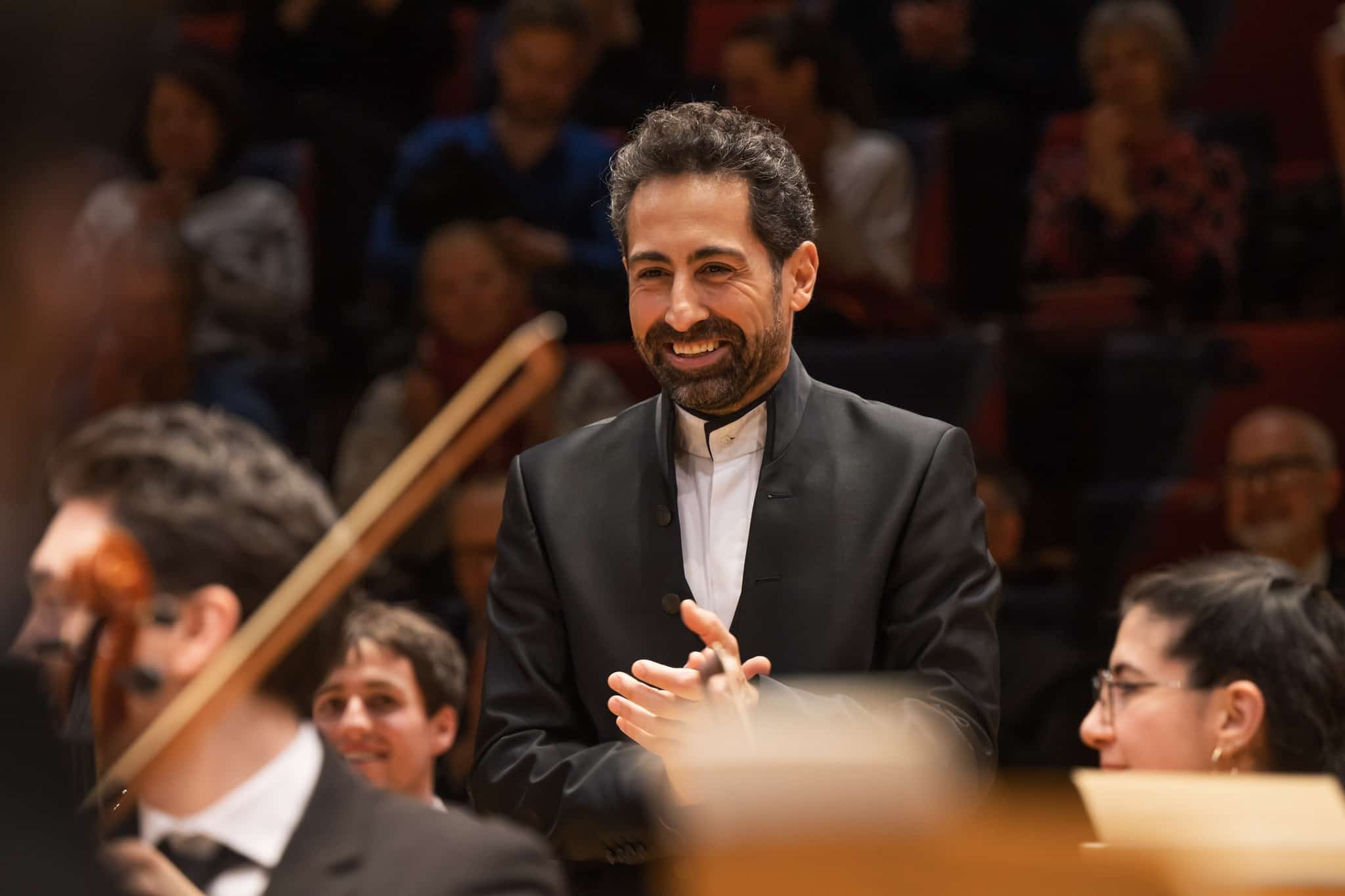When the soloist breaks a string, should he change the violin?
mainThe standard protocol is for the soloist to switch instruments with the concertmaster and carry on playing the concerto on a borrowed violin until the original has been restrung, retuned and restored.
Not so in Philadelphia, where Nikolaj Szeps-Znaider declined the concertmaster’s violin in the middle of the Elgar concerto and decided to halt proceedings until his own instrument was restrung – by associate principal second violinist Paul Roby – and ready to continue.
In the hiatus, soloist and conductor chatted amiably with musicians and audience. Szeps-Znaider picked up playing where he left off and everyone went home happy.
Szeps-Znaider told Peter Dobrin next day that, with ten minutes to go of the Elgar concerto, adjusting to a different instrument would have been disruptive both to him and to the audience.
There was another reason.
The violin he plays is a 1741 Guarnerius. It used to be owned by Fritz Kreisler. It’s the one on which Kreisler gave the world premiere of the Elgar concerto in November 1910. No other violin would do.






I don’t mind either way – whatever the soloist prefers is all that matters.
That said – one of the best concerts I’ve ever seen was when Vengerov broke his E string while playing the Tchaikovsky concerto with the Chicago Symphony… he refused the concertmaster’s violin as well.. but simply continued up the A string!!
Of course, the sound was a little strained and eventually, he had to stop because his fingers ran out of room and hit the bow. But it was a display of virtuosity that no one in that audience will ever forget (Barenboim even stopped conducting as he simply watched in amazement).
That’s what comes from playing Tchaikovsky – now, Bach or Mozart would be a different matter . They are worth risking strings!
Why couldn’t NS-Z re-string it himself ?
I’m in favor of anything that would get Barenboim to stop conducting.
When I change to a new string it takes a while — by which I mean a few days — before it holds the pitch, and that is true for all 5 of my fiddles and my viola, so it isn’t just a peg thing. But I can also understand the reluctance to simply switch to a strange violin, no matter how fine it is, in a concert situation.
Several years ago, the Monterey Symphony (California) was playing Rimsky’s Scheherazade when, in the last movement, the concertmaster’s E string snapped. His stand partner (also his wife) offered her violin to him. Instead he left the stage and returned with a new E string installed. Anyone who knew the piece could see the ship wreck coming. Sure enough, at the end of the movement, with the concertmaster trying to hold that high harmonic E, the still-stretching string sank flatter and flatter. So, just like Sinbad’s ship, it went down. Wasn’t Sinbad’s ship called the Titanic?
I remember a young Viktor Tretiakov walking away with the conductor due to broken string 1′ into the Brahms concerto violin solo, i.e. about 5′ into the work. A couple minutes later they came back, Tretiakov tuned, the orchestra restarted, all without much fuss. That was at Musikverein, June 1982, with Leningrad Philharmonic under Peter Lilje. (Mravinsky had conducted a memorable Shostakovitch 8th the day before.)